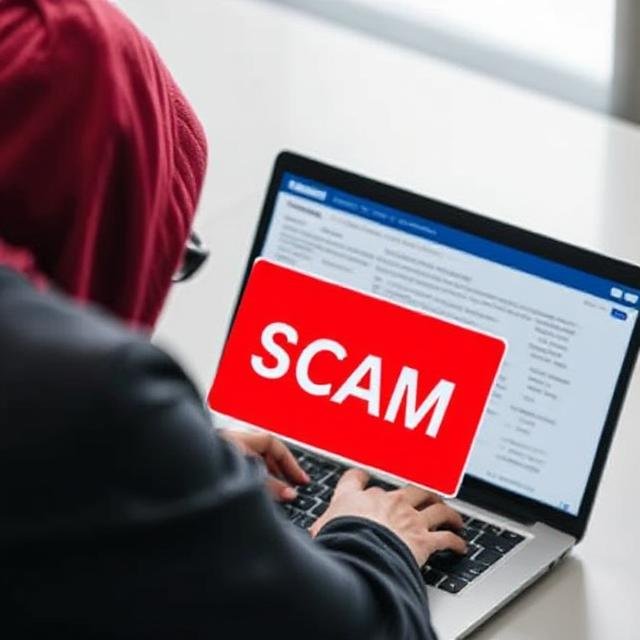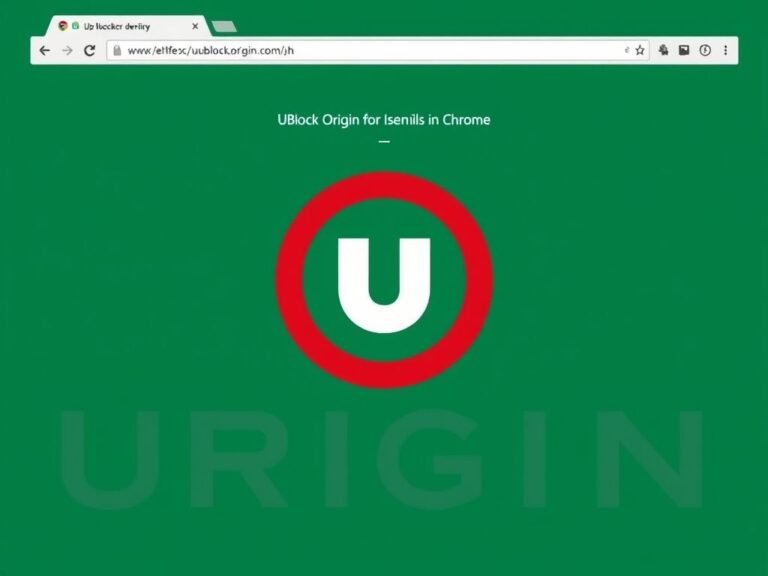Understanding the Smishing Scam

Understanding the Smishing Scam
How Many Text Messages From Companies Do You Receive Today?
If you’ve noticed a sharp increase in the number of text messages from companies over the past two years, you’re not alone. Retailers, healthcare providers, and service industries have increasingly turned to SMS (text messaging) as a way to bypass crowded email inboxes and reach consumers directly.
- Retailers send SMS alerts for order tracking , flash sales , and discounts .
- Pharmacies use texts for prescription refill reminders .
- Doctor’s offices send appointment confirmations and reminders via SMS.
These messages can be convenient, but they’ve also opened the door for cybercriminals to exploit this communication channel.
What is Smishing?
Phishing via SMS is called smishing (short for “SMS phishing”). It’s a growing threat where attackers use text messages to trick recipients into revealing sensitive information, downloading malware, or clicking malicious links.
Smishing has exploded in popularity because:
- People tend to trust text messages more than emails.
- SMS messages often feel urgent, prompting quicker reactions.
- Many users don’t associate phishing with text messages, making them less cautious
How Can I Text Myself? Understanding the Smishing Scam
If you’ve ever received a text message that appears to come from your own phone number, you’re not alone—and it’s not magic. This is a growing smishing (SMS phishing) scam designed to confuse and deceive recipients. Cybercriminals use Voice over IP (VoIP) services and spoofing software to make it look like the message is coming from your number.
This tactic plays on confusion, as most people don’t expect to receive texts from themselves. The goal is to trick you into clicking a malicious link or responding with sensitive information. If you encounter such a message, do not interact with it —simply delete it. Many carriers also allow you to report spam or phishing texts by forwarding them to 7726 (SPAM) .
Why Smishing is Dangerous
Smishing scams are particularly insidious because:
- Lack of Awareness : Less than 35% of the population knows what smishing is, making it easier for scammers to succeed.
- False Sense of Security : Many people assume their phone numbers are private or only shared with trusted contacts, but mobile numbers are often exposed through data breaches, advertising lists, or other means.
- Harder to Verify : Unlike email phishing, where you can check sender addresses, SMS messages lack clear identifiers. It’s difficult to know if a text is legitimate.
- Shortened URLs : Smishing messages often use shortened links that mask the true destination, making it harder to spot malicious websites.
Popular Smishing Scams to Watch Out For
Here are some common smishing tactics you might encounter:
1. Problem With a Delivery
- How It Works : Scammers impersonate shipping companies like USPS, FedEx, or Amazon, claiming there’s an issue with a package delivery. They’ll ask you to click a link to provide additional details or pay a small fee to release the package.
- The Risk : The link may lead to a phishing site that steals personal information or installs malware on your device.
2. Fake Appointment Scheduling
- How It Works : Scammers exploit recent events, such as utility installations or service promotions, to send fake appointment reminders. For example, after an AT&T fiber internet rollout in a neighborhood, residents received texts asking them to confirm installation details.
- The Risk : The message may request sensitive information, such as your address, phone number, or even payment details.
3. Get Your Free Gift
- How It Works : These messages claim to reward you for a “recent payment” with a free gift. They often include vague language like, “Thank you for your recent payment. Here is a free gift for you!” followed by a link.
- The Risk : The link could lead to a phishing site or download malware onto your device. The scam preys on the fact that most people have recently paid a bill and might mistake the message for something legitimate.
4. Bank or Credit Card Alerts
- How It Works : Scammers pose as banks or credit card companies, warning of suspicious activity or pending transactions. They’ll ask you to verify your account details by clicking a link or calling a fake customer service number.
- The Risk : Providing your information gives scammers access to your accounts, leading to fraud or identity theft.
5. Prize or Lottery Wins
- How It Works : You receive a text claiming you’ve won a prize, lottery, or cash reward. To claim it, you’re asked to pay a small fee or provide personal details.
- The Risk : There’s no prize—only stolen money or compromised data.
How to Protect Yourself from Smishing
- Don’t Trust Sender Numbers
Scammers can spoof any number, including your own. Always verify the sender before engaging with a message. - Avoid Clicking Links in Texts
If you receive an unexpected text with a link, don’t click it. Instead, visit the official website or app of the organization directly to confirm the message’s legitimacy. - Enable Spam Filters
Most smartphones have built-in spam filters for text messages. Enable these features to reduce the number of smishing attempts you receive. - Report Suspicious Messages
Forward spam or phishing texts to 7726 (SPAM) to alert your carrier and help prevent future attacks. - Use Mobile Security Tools
Install mobile antivirus software and DNS filtering tools to block malicious websites and protect your device from malware. - Educate Yourself and Others
Stay informed about the latest smishing tactics and share this knowledge with friends, family, and colleagues. Awareness is one of the best defenses against scams.
Does Your Mobile Device Have the Security It Needs?
Smishing scams are becoming more sophisticated, and they can easily compromise your device with malware or steal your personal information. To stay safe, ensure your mobile device has the following security measures in place:
- Mobile Antivirus Software : Protects against malware and phishing attempts.
- DNS Filtering : Blocks access to malicious websites.
- Regular Updates : Keep your device’s operating system and apps up to date to patch vulnerabilities.
If you’re unsure whether your device is secure or need help implementing mobile security solutions, contact us today . We can help you safeguard your mobile ecosystem and protect your data from smishing and other threats.
Stay vigilant—your phone is the next frontier for cybercriminals!





